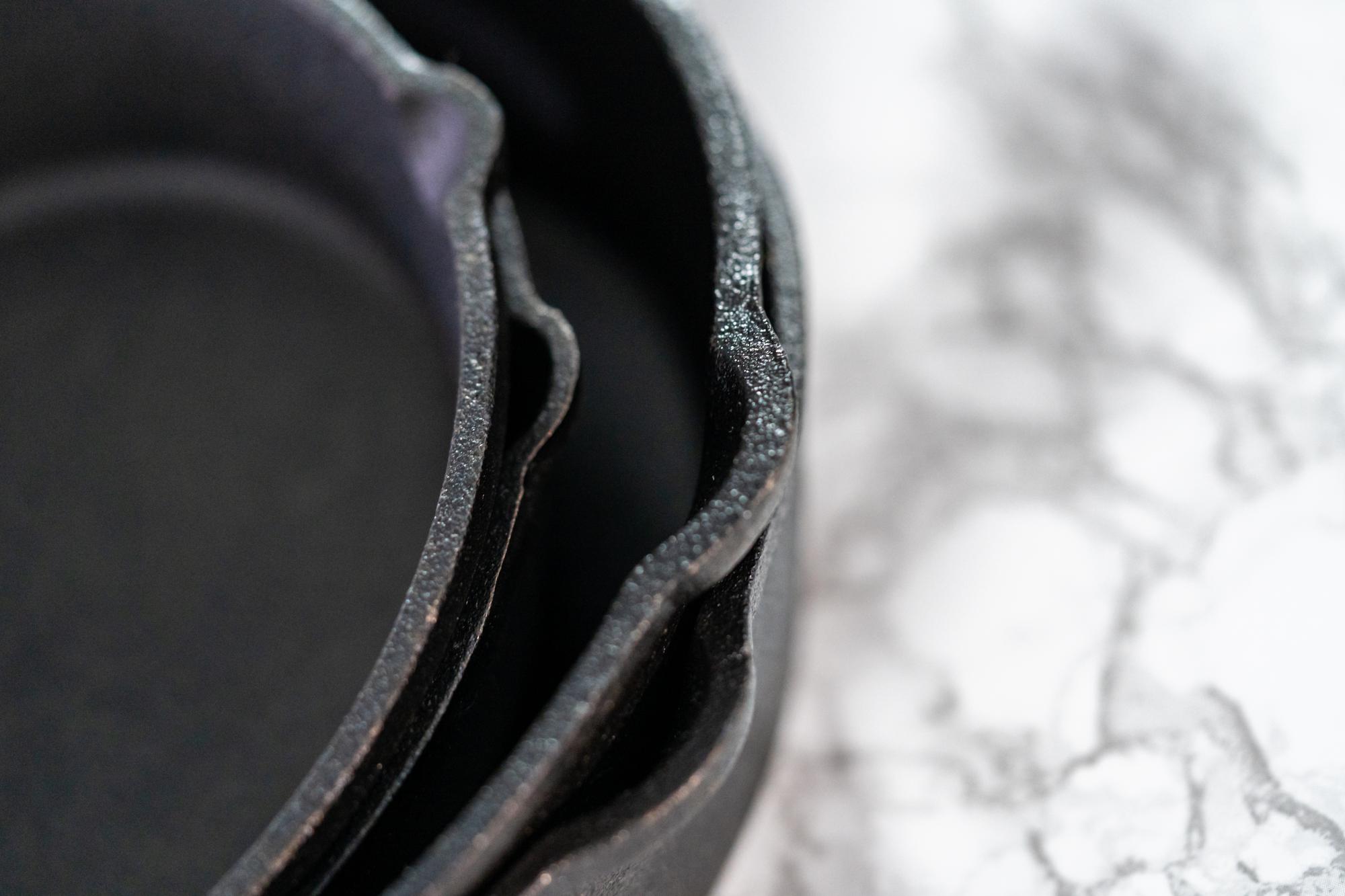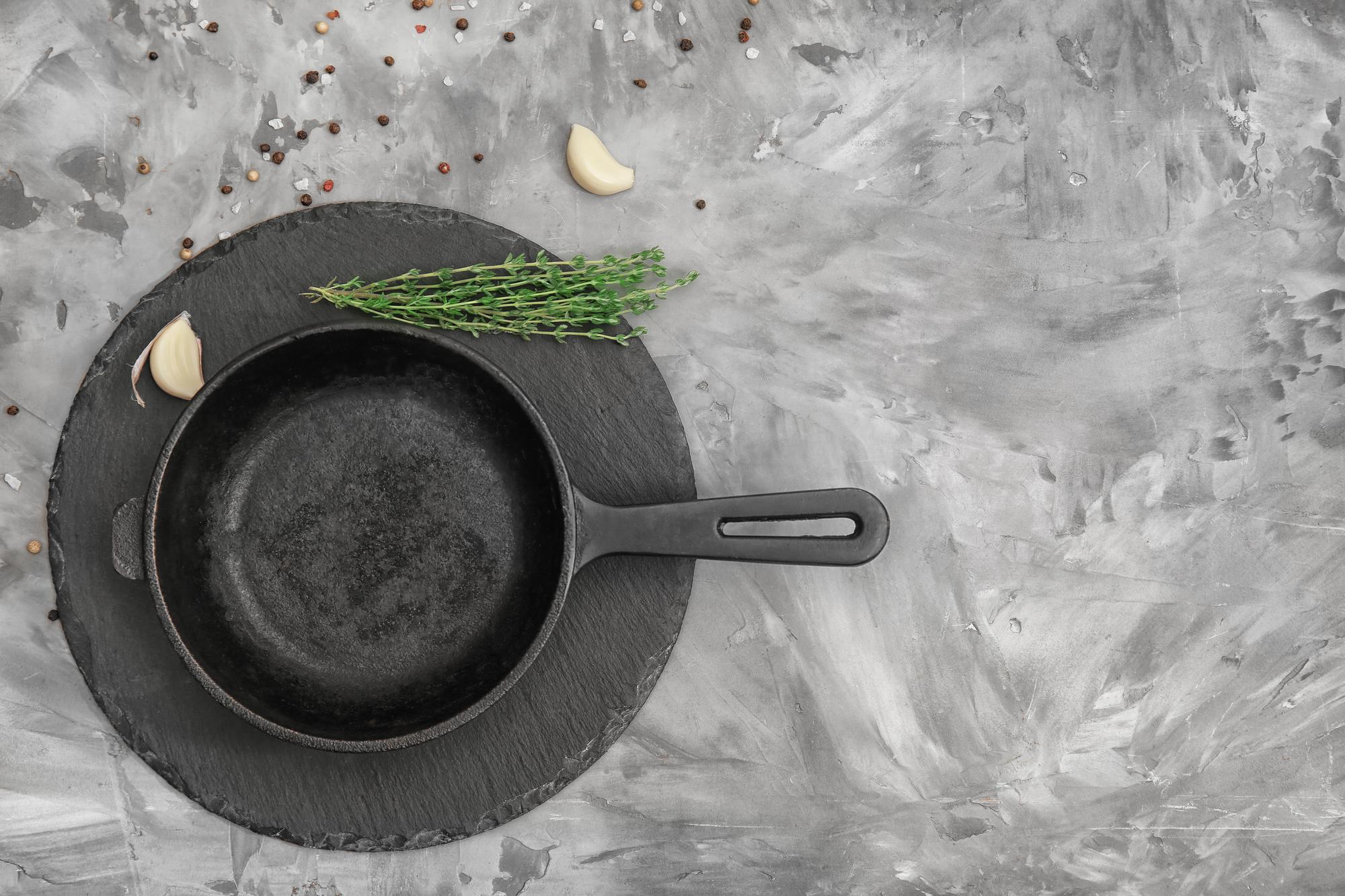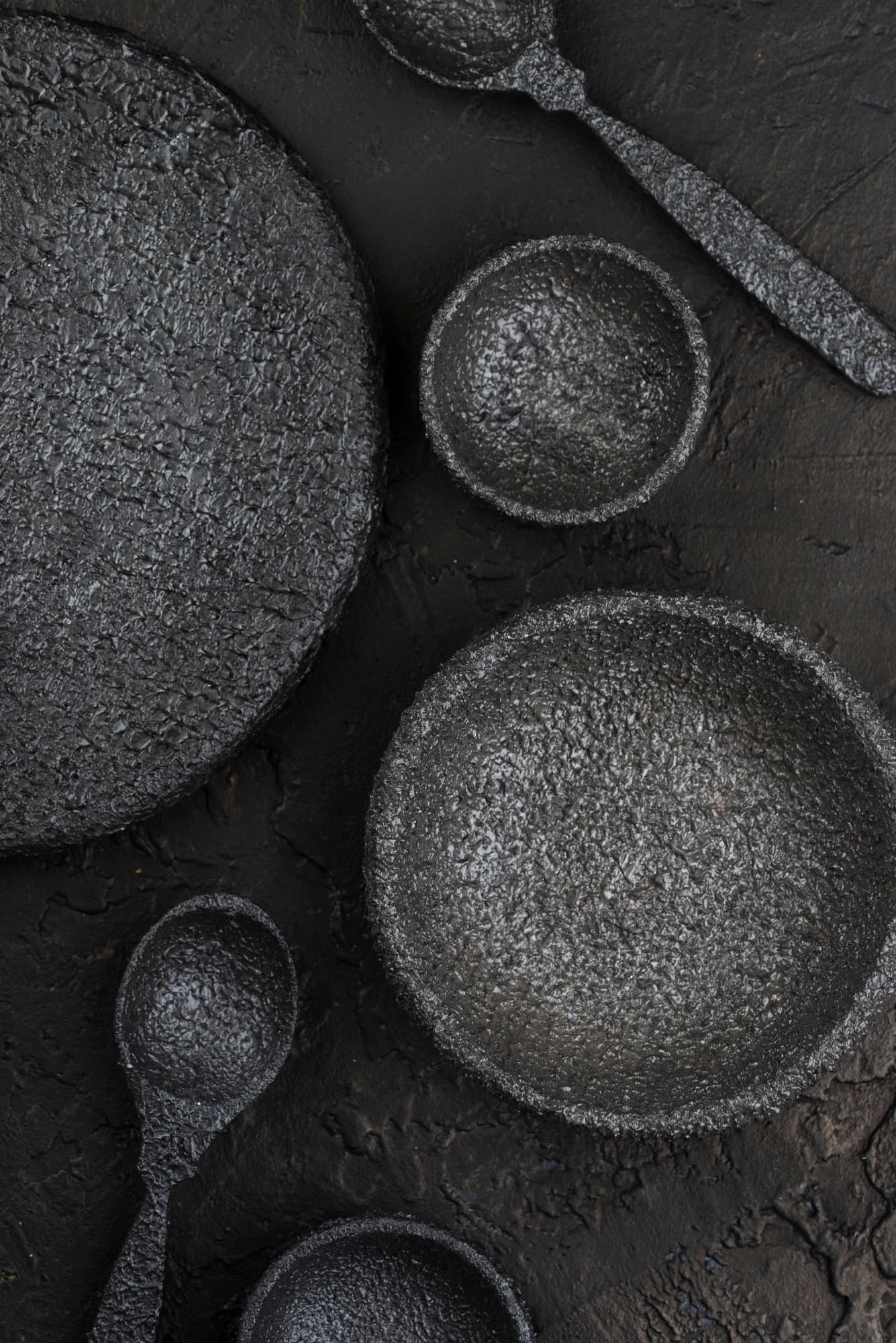Marble stone cookware is made from natural marble stone and is known for its excellent heat distribution and retention. This cookware has been gaining popularity for its durability, non-stick properties, and minimalistic beauty, enhancing the cooking experience while ensuring health and safety.
Marble in the Kitchen: A History
Marble’s journey in culinary practices stretches back to ancient civilizations, where its calm, smooth surface made it ideal for rolling dough and preserving food. The Greeks and Romans, renowned for their architectural marvels, also integrated marble into their kitchens, utilizing it for grinding spices and serving lavish feasts. This natural stone, synonymous with durability and elegance, was a symbol of wealth and status. As centuries passed, the inherent qualities of marble, such as its ability to maintain a consistent temperature and resist sticking, were harnessed in the development of cookware. In modern times, the evolution of marble stone cookware has incorporated advanced manufacturing techniques to blend its natural thermal properties with contemporary culinary needs. Today, marble cookware is celebrated not just for its functional benefits but as a piece of artistry, bringing a touch of historical grandeur to the modern kitchen. Its transformation from ancient utility to modern luxury underscores its timeless appeal and enduring significance in culinary arts.

How Marble Cookware is Made?
The manufacturing process of marble stone cookware begins with carefully selecting high-quality marble for its purity and unique veining. Skilled artisans and advanced technology combine to transform raw marble blocks into functional cookware. The stone is first cut into manageable pieces using diamond-edged saws, ensuring precision and minimizing waste. These pieces are then shaped and hollowed out through a meticulous milling process, where craftsmanship comes to the forefront, blending traditional techniques with modern precision machinery. The interior of the cookware is smoothly polished to create a non-stick surface, while the exterior is often left with a slightly textured finish to showcase the stone’s natural beauty. Finally, the cookware is treated and sealed to enhance its durability and resistance to wear and tear, resulting in a final product that is not only a culinary tool but also a piece of art, embodying centuries of tradition and the latest in kitchen technology.
Advantages of Marble Cookware
Marble stone cookware offers a unique blend of aesthetic appeal and functional benefits that distinguish it from metal or synthetic alternatives. Its natural heat retention properties ensure even cooking and consistent temperatures, making it ideal for dishes requiring precise heat control. The durability of marble means that these cookware pieces can withstand the test of time, resisting scratches and chips better than many other materials. Additionally, marble cookware provides health benefits; it does not leach chemicals or toxins into the food, unlike some coated or synthetic materials. This makes it a safer choice for those concerned about the purity of their cooking surfaces. Moreover, its natural non-stick surface requires less oil, promoting healthier cooking habits. Altogether, marble cookware is not just a tool for cooking but a more nutritious, durable, and efficient addition to any kitchen, blending timeless beauty with contemporary culinary needs.

Marble Cookware’s Beauty in the Kitchen
Marble cookware is more than just a culinary tool; it’s a statement piece that marries function with form. The natural elegance of marble, with its intricate veining and subtle color variations, adds a touch of sophistication and luxury to any kitchen. When used for serving, marble cookware elevates food presentation, making even the simplest dishes look more enticing and gourmet. The aesthetic appeal of marble transcends trends, offering a timeless beauty that complements modern and traditional kitchen decor. Its presence on countertops or open shelves acts as decor in its own right, showcasing the homeowner’s appreciation for the finer details in life. In a world where the visual appeal of food and spaces is ever more appreciated, marble cookware stands out as a blend of artistry and utility, enhancing the overall culinary experience through taste and visual enjoyment.
Best Uses for Marble Cookware in Cooking
Marble cookware shines when used for dishes that require steady, gentle heat, making it perfect for slow-cooked stews, sauces, and braises that benefit from its excellent heat retention. It’s also ideal for baking decadent desserts like marble cakes, where even heat distribution is critical to achieving the perfect texture. Marble’s non-stick surface is advantageous for delicate tasks such as melting chocolate or making creamy custards, reducing the risk of burning and sticking. For those who love to bake, a marble pan can ensure perfectly golden-brown crusts on pies and tarts. The elegance of marble cookware also means dishes can go directly from the oven or stovetop to the table, enhancing the dining experience with a touch of sophistication. Culinary enthusiasts can explore the full potential of marble cookware by experimenting with recipes that highlight its unique properties, from a tender coq au vin to a silky-smooth risotto, showcasing flavor and the art of cooking.

I suggest you also read the following article: Can black granite be used for kitchen countertops?
Maintaining Your Marble Cookware
Proper care and maintenance are crucial to preserving the beauty and functionality of marble cookware. To ensure its longevity, it’s essential to clean it gently with a soft sponge and mild detergent; abrasive scrubbers can scratch the surface. Avoid exposing marble to extreme temperature changes, as this can cause cracking. Though seasoning isn’t typically required for marble cookware, applying a light coat of mineral oil occasionally can enhance its natural patterns and protect the surface. Store your marble cookware carefully to prevent chipping, ideally placing it where it won’t be knocked over or stacked under heavy items. Following these simple steps, your marble cookware can remain a cherished part of your kitchen for years, combining practicality with timeless elegance.

 Marble
Marble